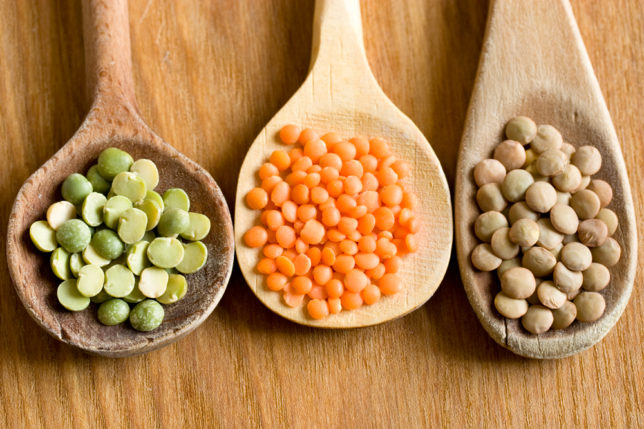Canada is a global leader in pulse production and in 2016, as part of the International Year of Pulses, there will be many events and initiatives to celebrate pulses and ultimately, grow the production of pulses in Western Canada.
Pulse production is at 5.7 million tonnes and contributes over $3 billion to our economy. Canadian pulses are exported to over 150 countries. The most important pulse to Canada is peas, followed by lentils, beans, and chickpeas.
Why is there an International Year of Pulses (IYP)? And why should it matter to you, the grower?
Well, IYP started at the United Nations. The goal is to raise awareness about the importance of pulses as both a crop and a food source. The activities in 2016 are centred around four themes. Firstly, food security, nutrition, and innovation. Pulses are packed with nutrition – rich in protein and other nutrients and very versatile. Canada plans to highlight and showcase how pulses contribute to health, raise awareness with health experts, and foster innovation in pulse-based food products.
Secondly, pulses are a great fit for growers. They are a low carbon, water efficient source of protein and important in crop rotations because of their ability to enrich soils as well as require fewer inputs.
The third theme is market access and stability. Specifically, Canadian pulse growers should be able to market wherever they choose without facing barriers. An example is to harmonize maximum residue levels (MRLs) globally.
The fourth and final theme is creating awareness of the health benefits of consuming pulses regularly. Increases in consumption are translated to the farm gate as increases in demand/increases in acres in production of pulses.
“Growers may not see immediate impact from IYP,” says Francois Labelle, Executive Director, Manitoba Pulse & Soybean Association. “However, we are playing the long game here. Even if we can get Canadians eating half a cup more pulses per day – imagine the impact on production.”
Much work has already been conducted in Western Canada by organizations like the Canadian International Grains Institute and Richardson Centre for Functional Foods and Nutraceuticals. “There is so much research being conducted,” says Labelle. “Just recently, Dr. Peter Zahradka at the St. Boniface Research Centre in Winnipeg shared how consuming half a cup per day of pulses for eight weeks has positive effects on blood vessel elasticity. And that’s just the tip of the iceberg when it comes to the health benefits of pulses.”
The ultimate goal of IYP is to build and create markets and teach consumers the benefits of pulses. That will lead to environmental and economic benefits for growers as well as providing more sustainable rotational options for them.
For more information about IYP and to learn about events over the course of 2016, check out www.iypcanda.ca . The official launch of IYP in Manitoba will happen January 6, 2016 in Winnipeg, led by Manitoba Pulse and Soybean Growers.
Follow along on social media @MbPulseGrowers #LovePulses







Leave A Comment